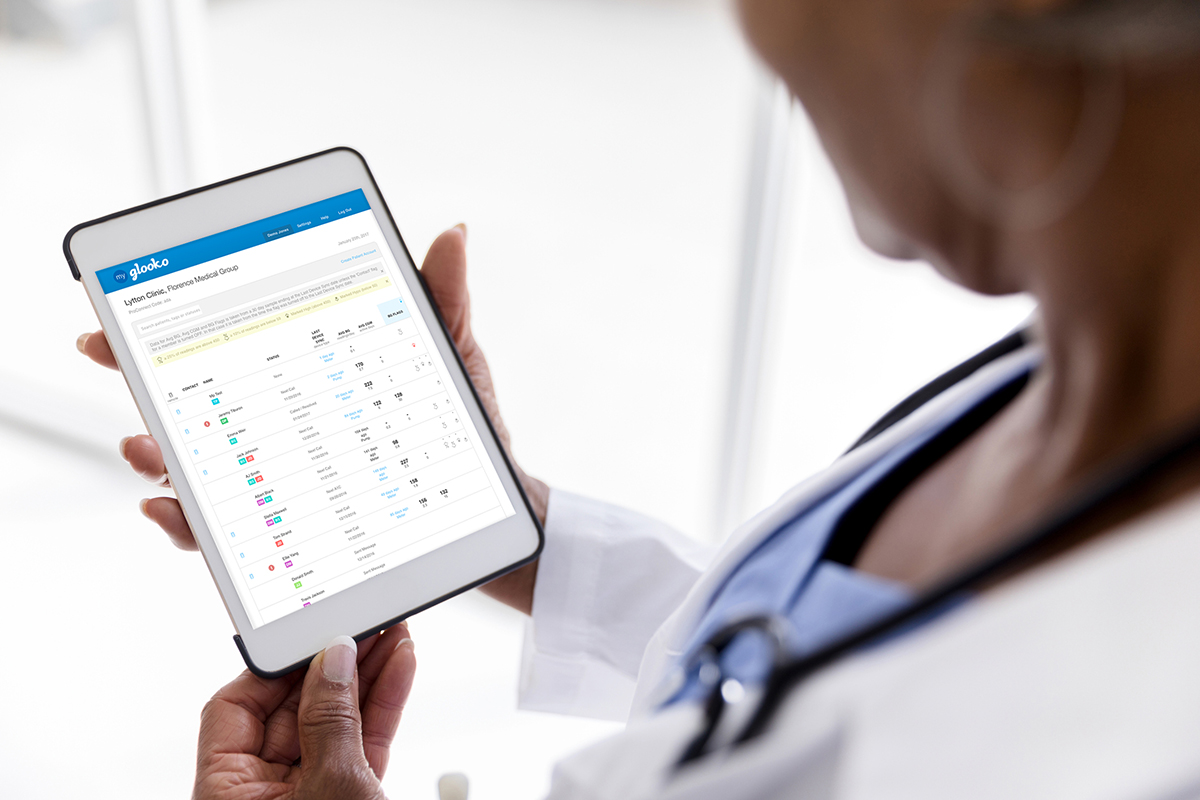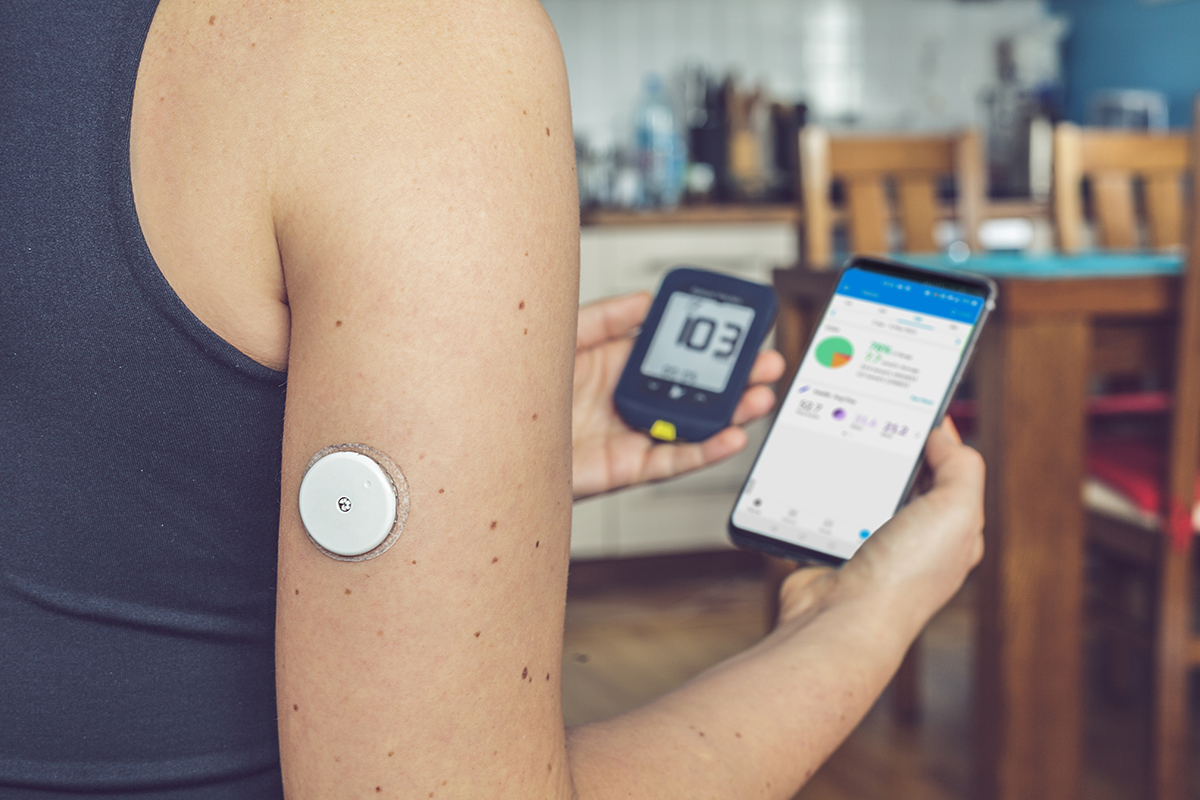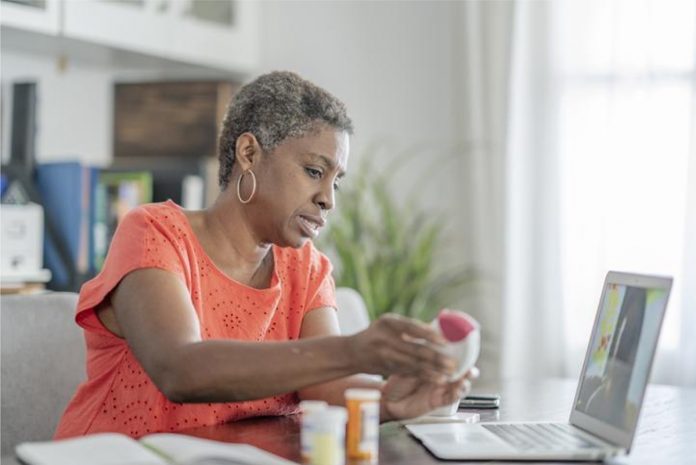Glooko reveals how remote patient monitoring technologies to manage diabetes and related chronic conditions are delivering long-term benefits and will likely become part of standard at-home care management
When the COVID-19 pandemic precipitated worldwide lockdowns, healthcare providers were forced to find new ways to deliver care. This crisis soon morphed into an opportunity to take advantage of advances in remote patient monitoring (RPM) technologies, which quickly became instrumental in helping people with diabetes and related chronic conditions stay connected to their care teams from the safety and comfort of their own homes.
Remote patient monitoring technologies
RPM technologies include platforms, devices and tools used primarily to collect patient-generated or device data about medication usage or patient behaviours. For people with diabetes, the primary purpose of RPM solutions is to continually observe, report and analyse clinical indicators (e.g., self-monitored blood glucose {SMBG} readings), insulin injections and other patient behaviours such as the use of medications, physical activities and food intake. Providers can then use this information to initiate personalised, just-in-time interventions such as adjusting treatment plans, telehealth coaching or other patient engagement activities.
To optimise care, RPM platforms also facilitate the sharing of data from multiple sources – including EHRs, insulin delivery devices and patients’ health/fitness devices – among physicians, clinicians, payers and patients. They are especially valuable for homebound patients or those in rural areas who cannot easily access clinics.
Embraced by patients & providers, RPM delivers long-term, real-world benefits
In today’s tech-saturated world, the vast majority of healthcare providers and patients immediately adapted to and embraced the new normal of remote care delivery. For example, following lockdowns in the U.S. and many European countries, digital health company Glooko saw an increase of 32% in remote uploads to its RPM platform.
“Our clients have found RPM solutions to be incredibly useful and effective in managing the care of patients with diabetes and related chronic conditions,” said Mark Clements, MD, PhD, Paediatric Endocrinologist, Clinical Investigator and Chief Medical Officer at Glooko. “By combining regular remote monitoring of patient data generated throughout the day with weekly or biweekly telehealth coaching as needed, patients were able to achieve better health outcomes.”
Clinical evidence verifies this claim. Since the 1990s, glycaemic control (i.e., maintaining glucose levels within a specified range) has been the Rosetta stone of diabetes management. In a recent real-world study, diabetes patients enrolled in RPM pilot programs across U.S. healthcare systems used a diabetes management mobile app to sync blood glucose, medication and lifestyle information. RPM care teams regularly monitored these data remotely and provided telehealth coaching as needed. When researchers compared study results with SMBG data collected at enrolment, they observed immediate and sustained improvements across multiple glycaemic outcomes for up to a year.

Although self-care is essential to maintaining glycaemic control, it’s a full-time job for patients, who must measure blood glucose levels multiple times each day; track, record and titrate (i.e., adjust dosing) their use of insulin; and track and record behaviours, moods and food intake. In a randomised clinical trial, an RPM platform with an app-based self-titration tool analysed fasting blood glucose levels and recommended insulin dose adjustments based on a physician’s pre-configured treatment guidelines.
Although patients using the app and those in the control group significantly improved glycaemic control after 16 weeks, the group with the self-titration app demonstrated a greater proportion of SMBG readings between the target range of 70-180 mg/dL and fewer high SMBG readings (> 250 mg/dL) that could put them at greater risk of disease progression.
“These and other RPM studies are a testament to what can be accomplished when patients have better tools and information for self-care and providers have timely access to clinically relevant information to quickly initiate needed interventions,” said Clements. “Clearly, integrating various RPM solutions with conventional in-office care will likely result in favourable outcomes.”

The future of RPM technologies
It’s safe to predict that RPM and other at-home digital health innovations will eventually become part of the standard of care for diabetes and other chronic conditions.
This is a commercial profile.
© 2019. This work is licensed under CC-BY-NC-ND.











